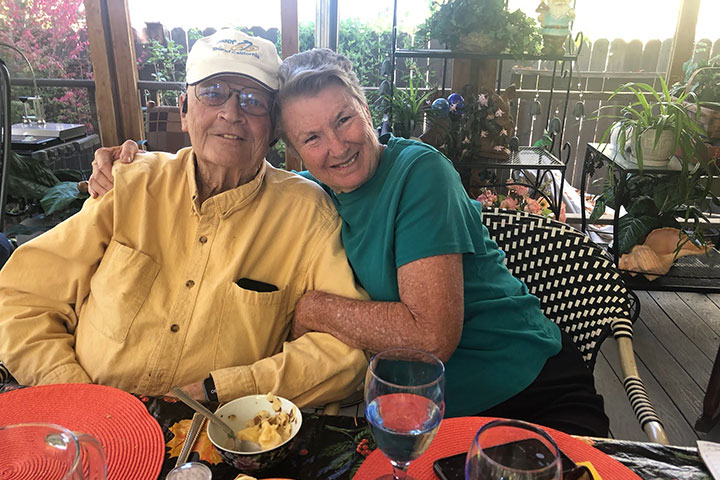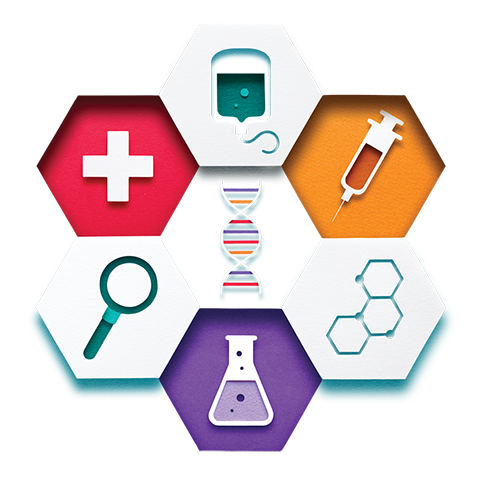Going After a Specialized Radiation Treatment

- Chemotherapy after pancreatic cancer diagnosis
- Searching for another treatment
- MRIdian SMART radiation therapy
I rode my bike 20 miles a day until I was diagnosed with pancreatic cancer.
I’ve been active my entire life and I never imagined this could happen to me. Then, on April 1, 2022, I had severe pain in my abdomen. I rushed to the emergency room at Kaiser Permanente Santa Clara Medical Center, Santa Clara, California, expecting to be diagnosed with appendicitis. The doctors ruled that out quickly but kept me there for observation and tests. About two weeks and a handful of tests later, the doctors suspected I had pancreatic cancer, a biopsy had to confirm it.
Unfortunately, they couldn’t perform the biopsy right away. I had been hospitalized for so long that my muscles were atrophying. I had no appetite, couldn’t eat, and had lost a lot of weight. The biopsy procedure would have been too much for my body. But ultimately, I was officially diagnosed with pancreatic cancer.
Cancer Is for Somebody Else
The doctors gave me 90 days to one year to live. The news devastated my wife. My reaction was different. I’ve lived a great life, including 25 years of retirement. I’ve traveled the world, have a beautiful family, and was at peace with the outcome. But ultimately my wife and I decided together that I needed to fight it. I met with Dr. Hoa Le at Kaiser, to come up with a treatment plan.
I didn’t appreciate the seriousness of cancer until I started chemo. The technicians wore gowns and protective gear, so they wouldn’t be contaminated by the chemicals. The chemo was so hard on my body but we knew it was working because the chemo killed the metastases. My cancer had receded, although the main tumor was still there. The most direct way to remove it was through surgery, which my doctor still refused to do.
I felt stuck because my doctors refused to do either surgery or radiation therapy. My choice was chemo or nothing. I wanted to get back to my quality of life before all of this began. I wanted to ride my bike and be active again.
A New Approach for Me
Then the San Jose State University alumni magazine arrived at our house (my wife is an alumna). I was reading the magazine and the word “cancer” caught my attention. There was an article about a new ablative SMART radiotherapy technology from ViewRay. This was my “lightbulb” moment, and I was determined to discover more.
I live 10 minutes from the ViewRay office in Sunnyvale, California, so I decided to go there in person. My first attempt at the office was not what I had hoped for—it turned out that this was not the main office. But someone there offered to put me in touch with someone who could help me.
Within days I was connected with the ViewRay team, and they explained more about MRIdian treatment. The MRI allows the radiation oncologist to see the tumor and nearby healthy organs to design a personalized treatment plan and treat cancer more precisely than standard radiation methods. This lessens the negative side effects on the surrounding organs, making the radiation less toxic for the rest of my body. The more I understood the technology and talked with Steve, a member of the ViewRay team, the more I knew the treatment was right for me. I decided to find an oncologist who could offer MRI-guided radiation treatment to me.
Getting this Treatment
The next step was finding an oncologist to treat me using this technology. I did some research and found Dr. Kenneth Chao, the Director of Radiation Oncology at BASS Cancer Center in Walnut Creek, California. He wasn’t the type of doctor that felt pressed for time. He was willing to explain the situation to me and answer all my questions.
From the time that I reached out to the clinic about MRIdian to the time I started treatment was about five working days. So we had a plan, and we went for it.
After the first procedure, I was in tears—happy tears! I felt like I had some control over my tumor and my treatment. In total, my MRIdian therapy was completed in less than three weeks and five visits.
Feeling Optimistic
The treatment went well, and I had no adverse effects. Besides ridding my body of cancer, it gave me a lot of hope. I finished my MRIdian treatment in early 2023, and have been doing well.
I am lucky to have found the MRIdian treatment and for it to have worked on me. If there is one thing I have learned about pancreatic cancer, it is how challenging it is to treat.
Now I am absolutely feeling optimistic about my life going forward. My wife is, too. My next goal? To reach 20 miles again on my bike.
Watch Don tell his own story in a special video about his treatment.






